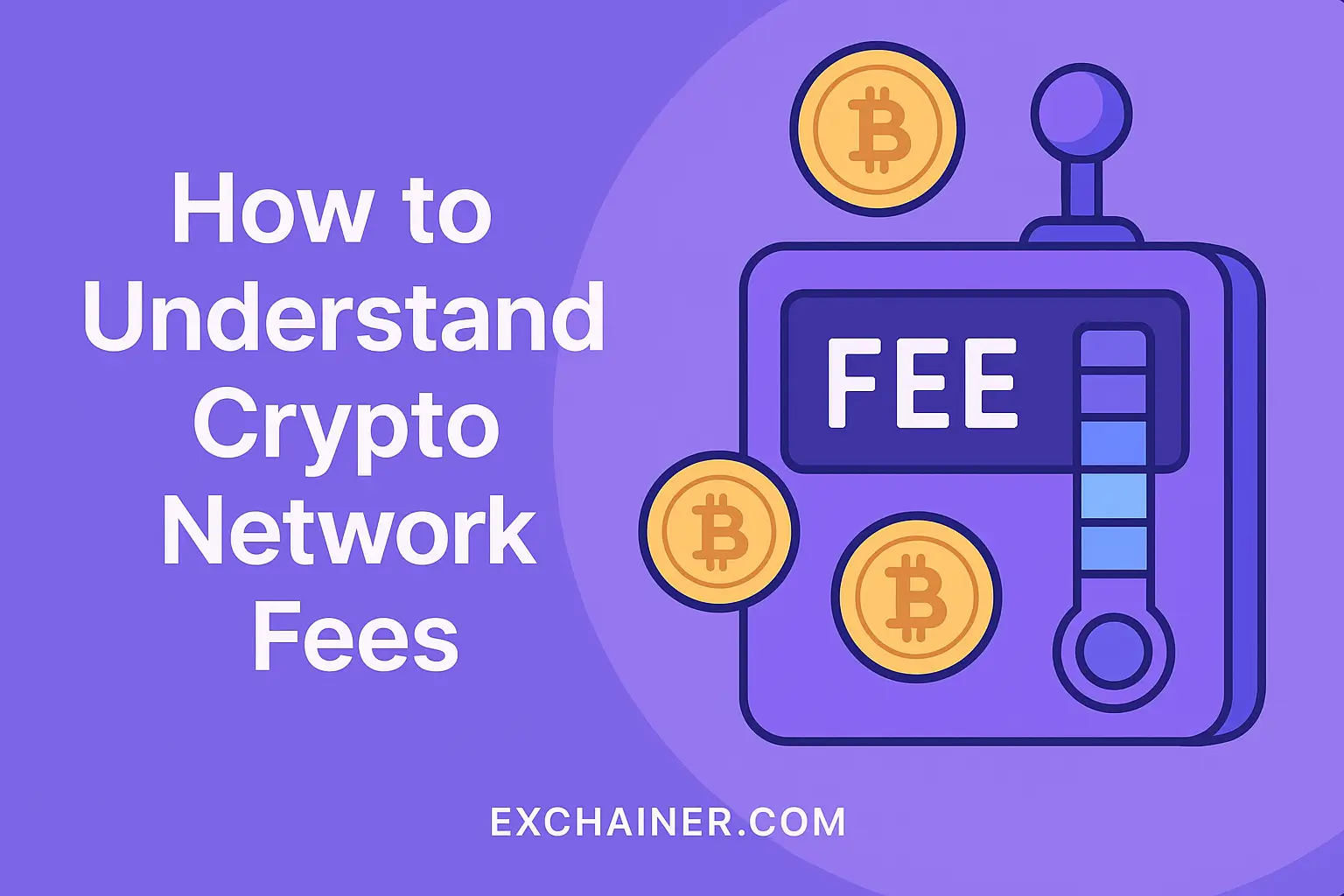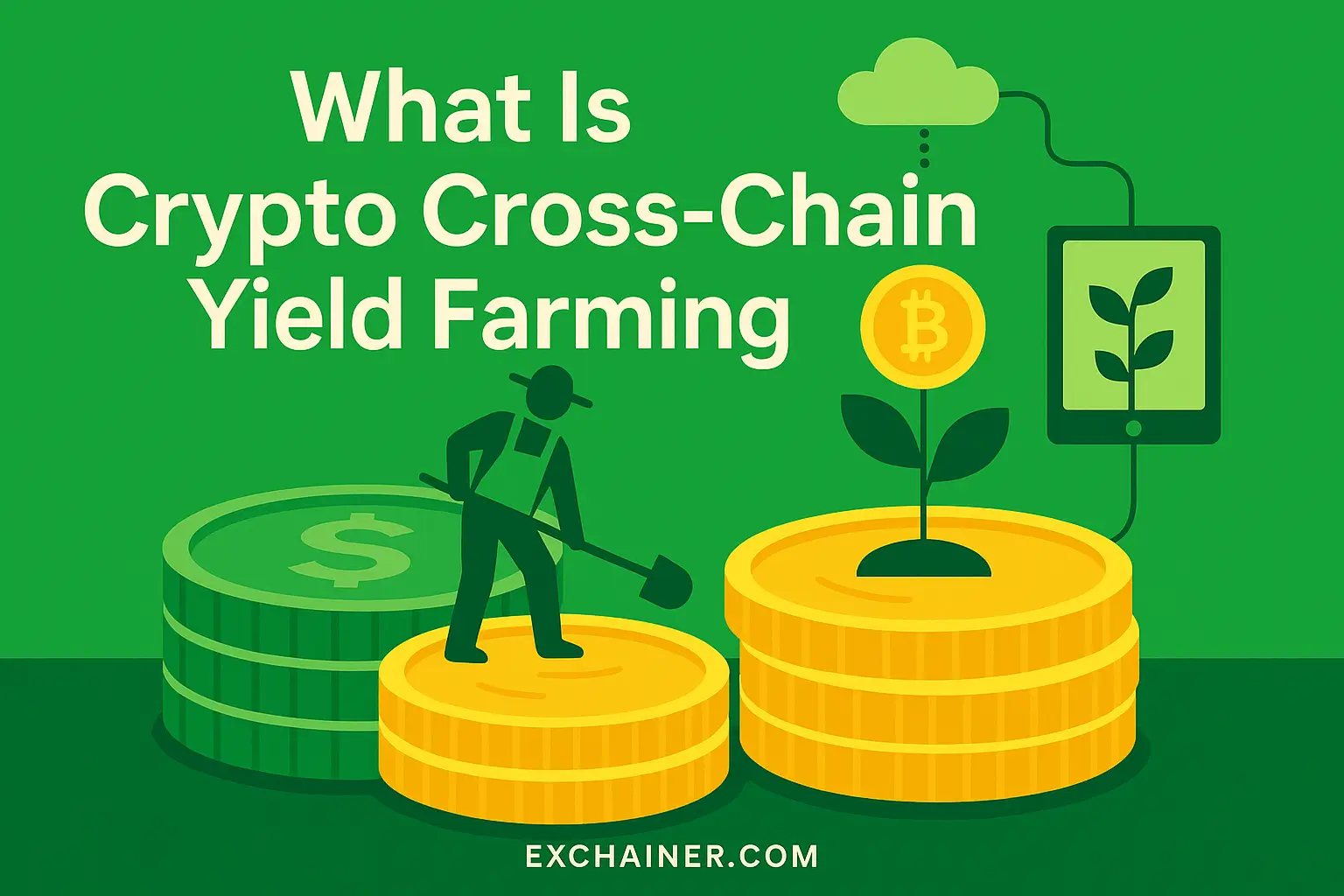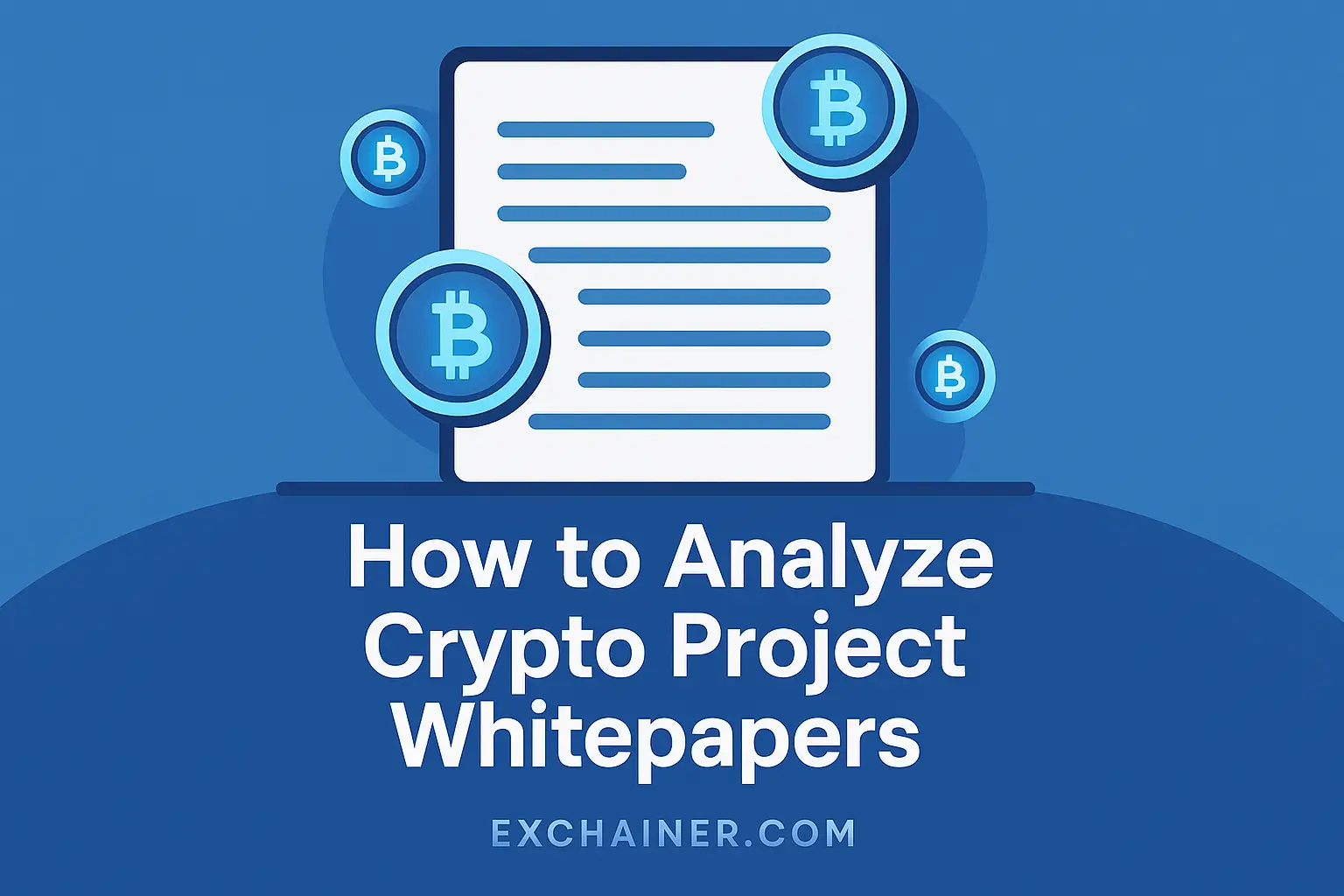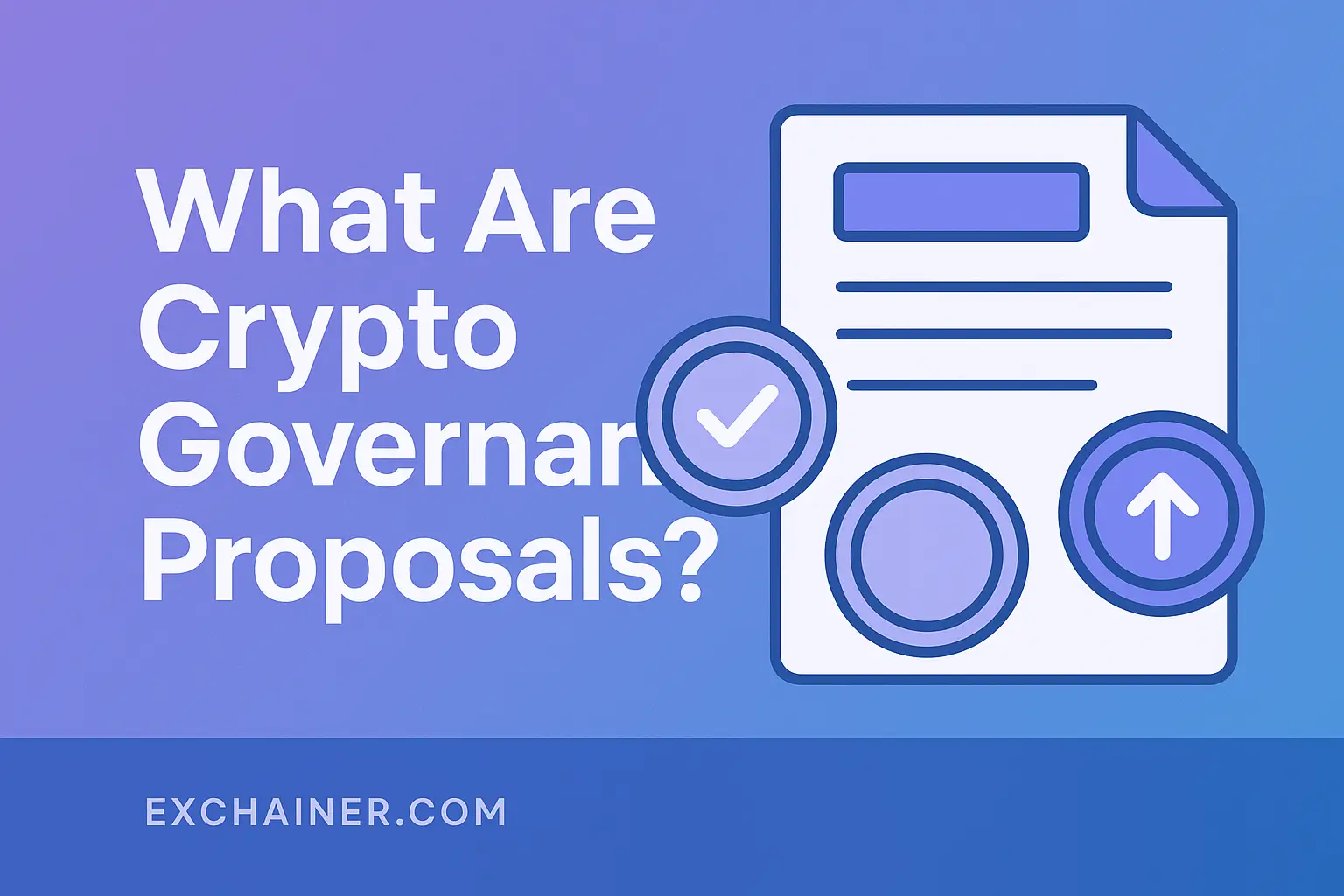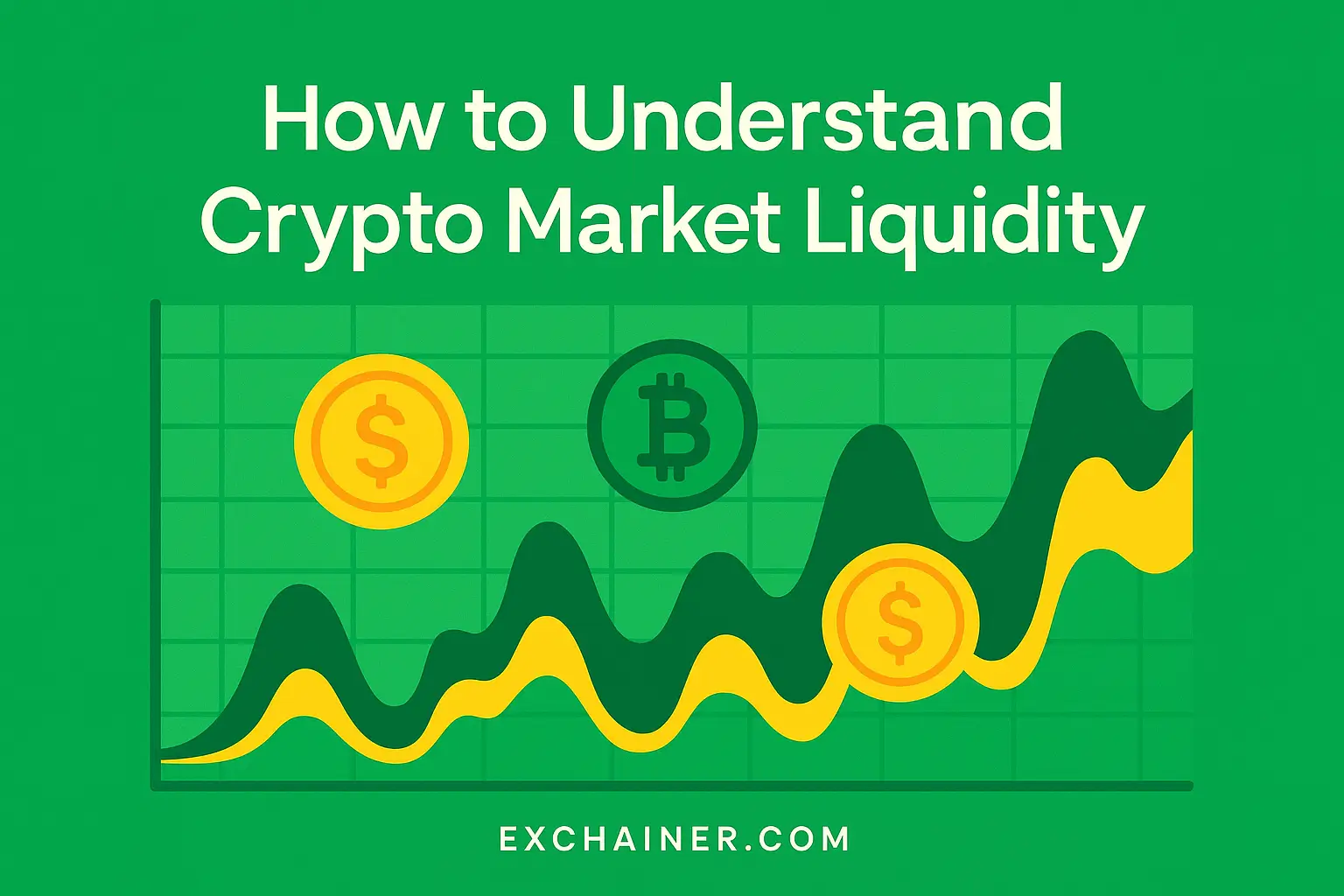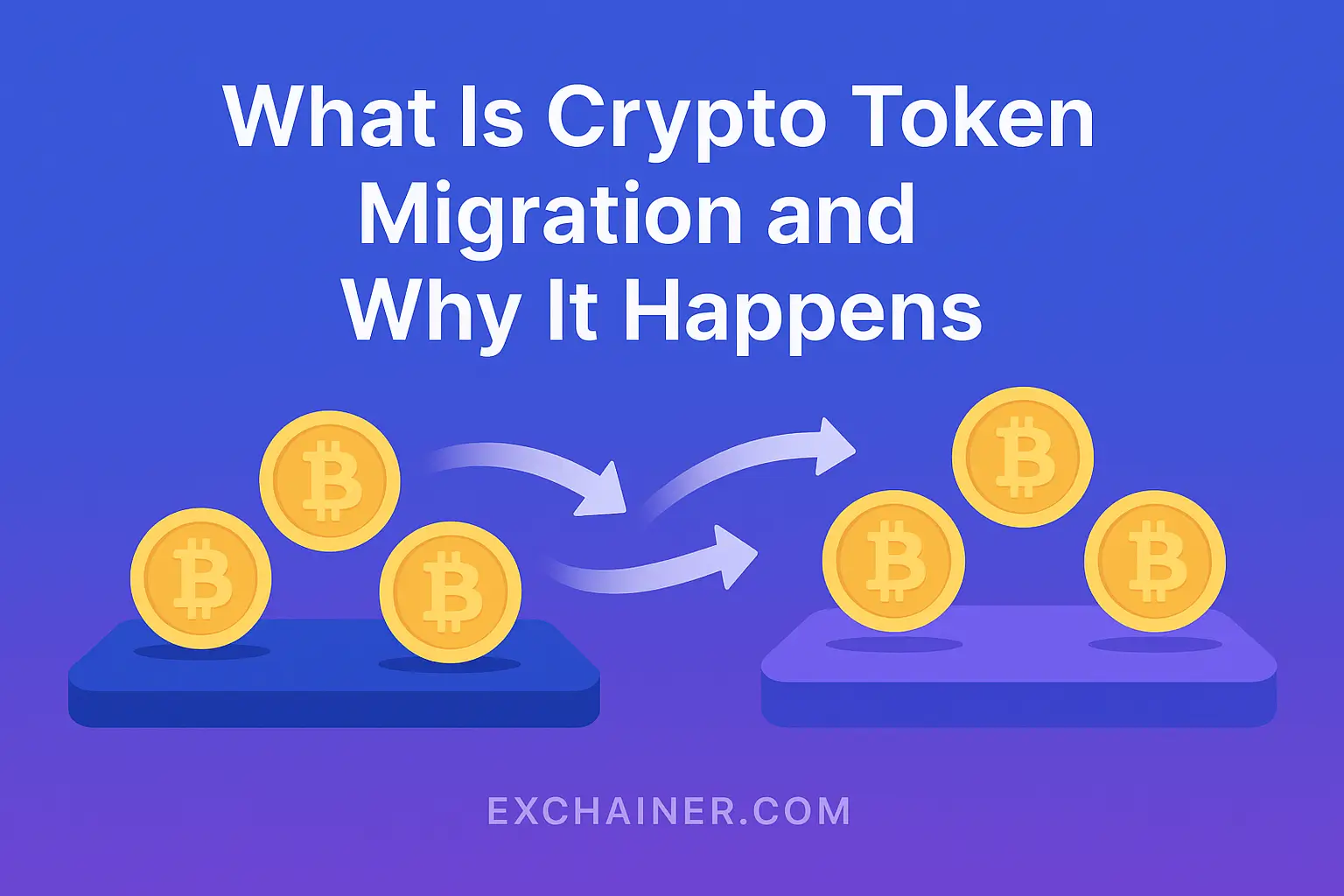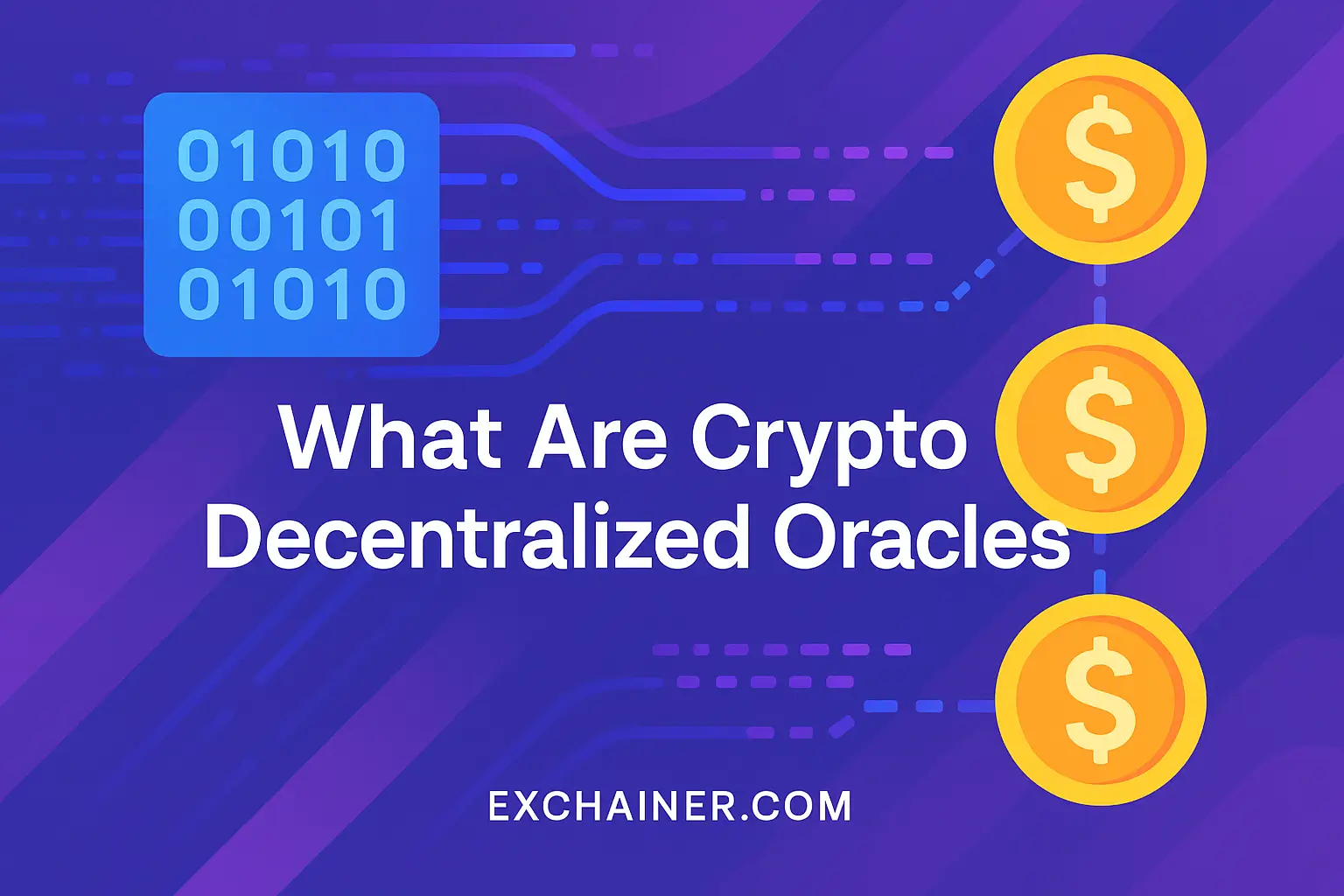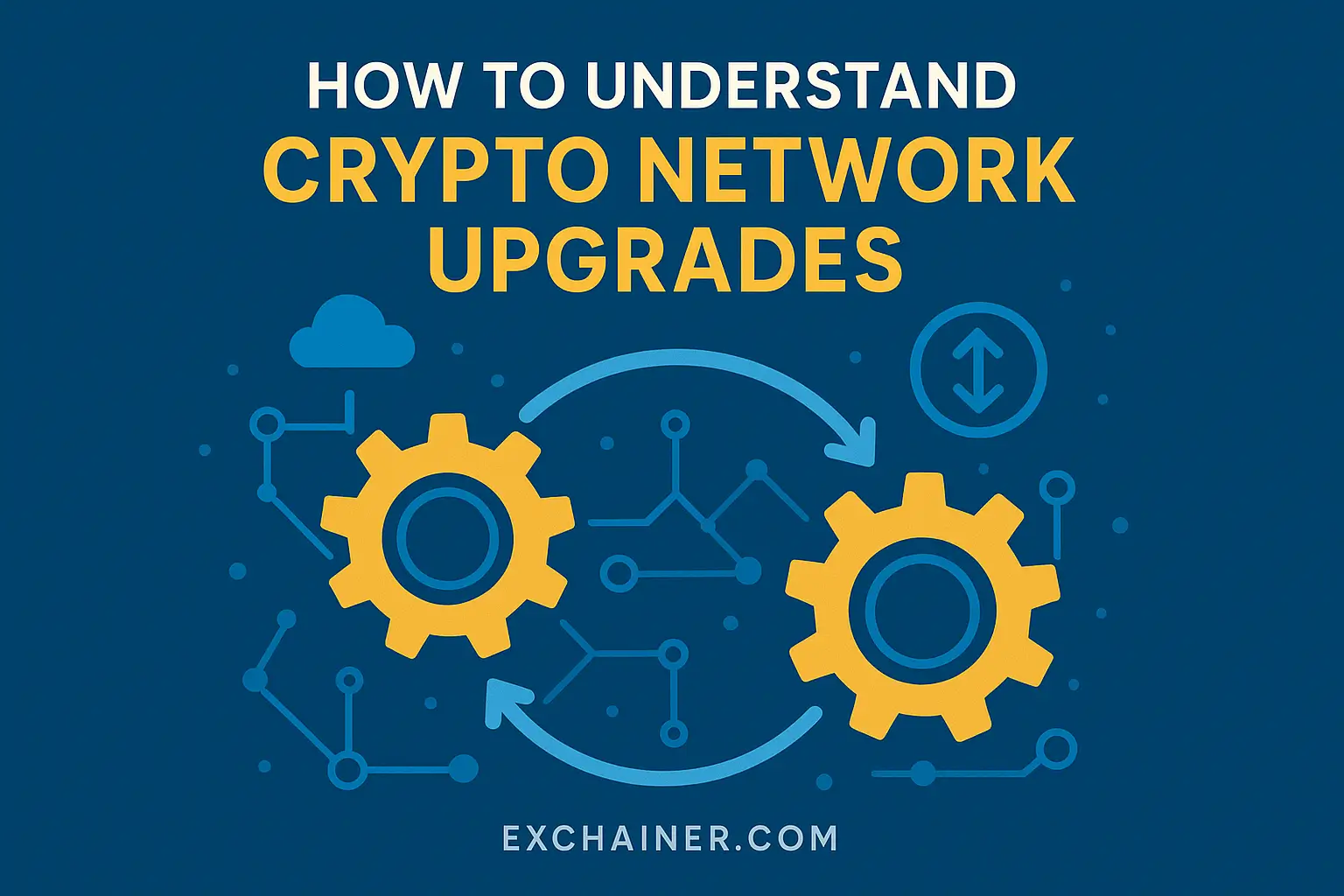Hey friends, diving into the fascinating world of cryptocurrency trading often brings up one pesky but essential topic: network fees. If you’ve ever sent some digital currency and scratched your head wondering, “Why did this transaction cost me extra?” you’re not alone. Understanding network fees is crucial, especially as these tiny charges can add up and impact your trading decisions. In the crypto space, network fees aren’t just random numbers — they reflect the complex mechanics behind digital currency transfers and blockchain confirmations.
Whether you’re a beginner trying to grasp cryptocurrency basics or someone with some trading experience looking for deeper insights, getting a solid grip on network fees will empower you. It’s not just about how much you pay but why you pay, where the money goes, and how these fees influence the entire ecosystem of digital currency. In this article, we’re going to unpack network fees in a way that’s easy to understand, packed with clear examples and practical tips, and sprinkled with some insider knowledge about the crypto world.
Ready to explore what cryptocurrencies really charge? Let’s demystify these fees so you can trade smarter and save on costs while navigating the ever-evolving blockchain landscape.
What Are Network Fees in Cryptocurrency?
Imagine sending a letter through the postal service. You pay for stamps, right? Those stamps cover the cost of transporting your mail to its destination. In the crypto world, network fees work similarly — they’re a small charge users pay to have their transactions processed and confirmed by the blockchain network.
Network fees are the transaction costs required to add your transaction to the blockchain ledger. Every time you send Bitcoin, Ethereum, or any other crypto, miners or validators need to confirm your transaction to ensure everything is legitimate and secure. The fee compensates the people (miners or validators) who dedicate computing power and energy to process and validate these transactions.
These fees aren’t static numbers. They fluctuate based on network demand. When lots of people are sending transactions simultaneously, fees can spike because users compete to prioritize their transactions faster.
For example, during high-demand periods like NFT launches or big market sell-offs, you might notice a sudden increase in network fees on Ethereum or other networks. Think of it as paying a rush fee to get your package delivered quicker amidst heavy traffic.
Why Do Network Fees Matter?
Skipping or misunderstanding network fees can lead to slow transactions or even failed transfers. If you choose a fee that’s too low, your transaction might stay stuck pending for hours or days. On the other hand, paying unnecessarily high fees eats into your investment returns or trading profits.
Long story short, knowing how network fees work helps you utilize your money efficiently and avoid costly surprises.
How Are Network Fees Calculated?
Now, you might wonder: how exactly do these fees get calculated? The answer varies depending on the blockchain network you’re using.
1. Bitcoin Network Fees
Bitcoin transaction fees depend on the size of your transaction measured in bytes (not the amount of BTC you send). Bigger transactions, like those sending many inputs or multiple outputs, demand higher fees because they take more space on the blockchain.
Fees are also influenced by how busy the network is. Miners prioritize transactions with higher fees, so if you want your Bitcoin transaction confirmed quickly, it pays to set a competitive fee.
2. Ethereum Network Fees
Ethereum uses a concept called “gas” — a unit measuring computational effort needed to execute operations. Each transaction requires a certain gas amount, and the gas price determines how much you pay per unit.
Think of it as paying for fuel that runs Ethereum’s virtual machine. When ETH network activity is intense, gas prices climb, making transactions more expensive.
3. Other Networks
Alternative blockchains like Binance Smart Chain, Solana, and Polygon have their own fee structures, often set lower to attract users. Some networks even boast near-zero fees, though trade-offs like security or decentralization might come into play.
Practical Example of Network Fee Calculation
Suppose you want to send 0.5 BTC to a friend. The transaction size is about 250 bytes. If the current Bitcoin fee rate is 50 satoshis per byte, the total fee is 250 bytes × 50 sat/byte = 12,500 satoshis (~0.000125 BTC). Depending on BTC price, this could be a few dollars. This example helps you visualize how seemingly small numbers translate to real money.
Tips to Minimize Network Fees and Save Money
Network fees can feel like a sneaky expense, but with a little know-how, you can keep those charges in check. Here are some practical tips to help you lower fees and get the most out of your digital currency transactions.
Pick the Right Time to Send
Since network fees fluctuate with demand, sending transactions during off-peak hours often means lower fees. Tools like Etherscan Gas Tracker show Ethereum gas prices and help pick a cheaper moment.
Adjust Your Fee Settings
Many wallets let you customize transaction fees. If you’re not in a rush, choosing a lower fee can save money — just be ready to wait a bit longer for confirmation.
Batch Transactions if Possible
Some advanced users combine several payments into one transaction to pay a single network fee rather than multiple small fees. This saves fees overall but requires more sophisticated wallet setups.
Consider Layer 2 Solutions
Layer 2 protocols like Polygon or Lightning Network provide faster and cheaper transactions by processing off the main blockchain but still keeping security intact.
How Network Fees Impact Crypto Trading and Investing
Network fees aren’t just a technical detail; they directly affect how you trade and invest in cryptocurrencies.
If you’re frequently moving coins between wallets or exchanges, these fees add up. For those doing high-frequency trading or buying multiple tokens, knowing when and where to pay network fees can be a game-changer.
Some exchanges absorb withdrawal fees or offer promotions, but usually, moving assets off an exchange into your wallet means paying network fees personally. This is why understanding fee structures across various blockchains is critical to maximize your returns and limit wasted costs.
Example Scenario: Trading on Multiple Platforms
Picture this: you want to arbitrage by buying a crypto token cheap on Exchange A and selling it for a higher price on Exchange B. Every time you transfer tokens between exchanges or wallets, network fees apply. You must factor in these costs when calculating profit margins. Sometimes, high network fees can turn a “profitable trade” into a losing one.
This example underscores why savvy traders keep an eye on network fees and often prefer tokens or chains with lower transaction costs.
Future Developments and Innovations Around Network Fees
The crypto community is continuously innovating to reduce network fees while improving speed and scalability.
Technologies like Ethereum 2.0 aim to shift consensus mechanisms from energy-intensive proof-of-work to proof-of-stake, which will lower costs and boost efficiency. Other solutions include sharding, which breaks the network into smaller parts to process more transactions simultaneously.
Moreover, newer blockchains like Solana or Avalanche target ultra-low fees and high throughput, expanding options for traders and everyday users.
“The future of finance is decentralized,” said Vitalik Buterin, Ethereum’s co-founder, highlighting the importance of ongoing efforts to enhance network performance and affordability.
Wrapping It Up: Why Understanding Network Fees is Essential
Friends, network fees might seem like a minor annoyance at first, but they’re a core part of what makes cryptocurrency work. These fees ensure that transactions are validated, networks stay secure, and miners or validators get paid for their hard work.
By understanding how network fees operate, how they’re calculated, and how you can manage them smartly, you’ll save money and become a more confident crypto user. Whether you’re sending Bitcoin, trading NFTs on Ethereum, or exploring Layer 2 solutions, fees influence timing and strategy.
Don’t let network fees catch you off guard — embrace them as part of your crypto education journey. Keep an eye on fee trackers, use wallets that let you adjust fees, and remember that patience can lead to savings.
Ready to go deeper? Check out our Crypto 101 section for foundational knowledge, explore Exchange Reviews to find platforms with friendly fee structures, and browse our Tools and Wallets category to discover apps that help you control your transaction costs.
Keep learning, stay curious, and trade wisely!

